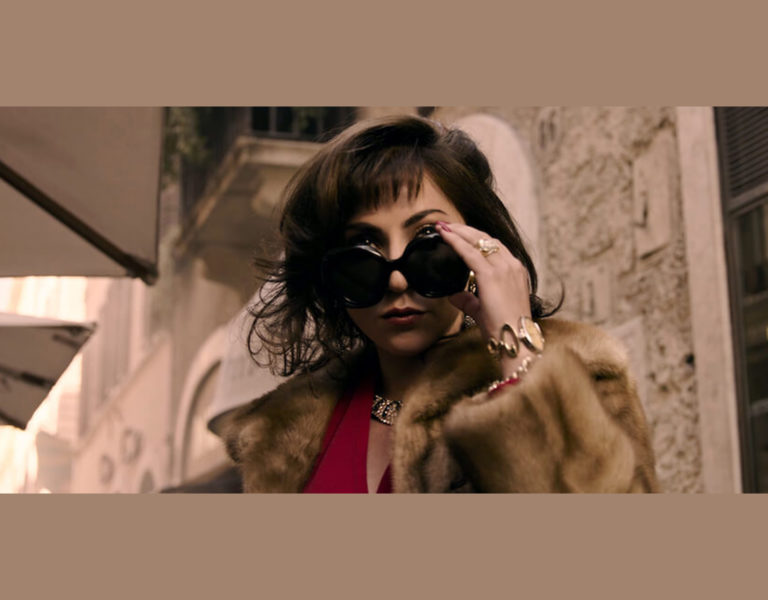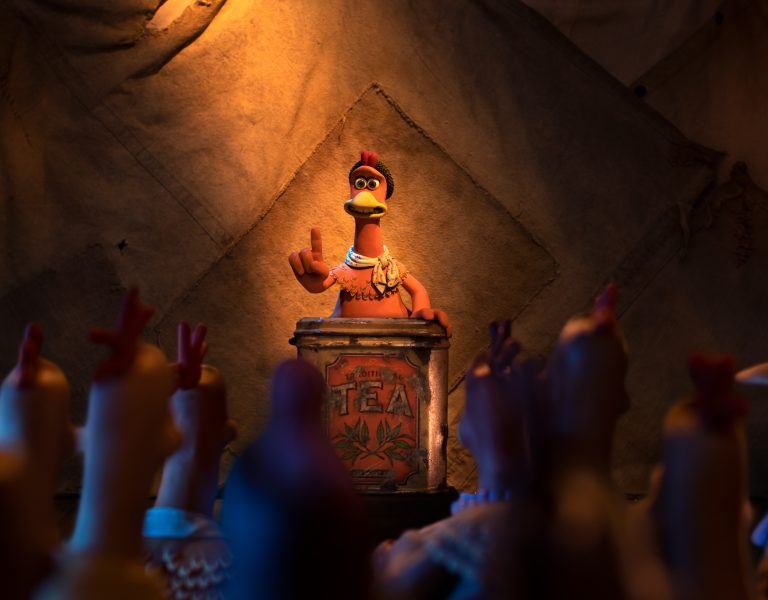QUIETLY CONFIDENT
It’s goodbye to South Los Angeles as Insecure ends after five seasons of awkward-girl antics, but the show leaves behind an indelible cultural legacy. Cinematographer Ava Berkofsky ASC reflects on the evolution of its distinctive visual language.
When the winners of the 74th Primetime Emmy Awards are revealed in September, Ava Berkofsky ASC will be hoping it’s third time lucky for their work on Insecure, after nominations in both 2019 and 2020. But it isn’t through chance that Berkofsky has been recognised so frequently over the past few years; it’s testament to their series-defining lensing that puts the show’s Black cast firmly in the spotlight.
Insecure has its roots in a popular web series, Awkward Black Girl, which saw star Issa Rae deal with the uncomfortable everyday situations she faced as an African-American woman with trademark wit. Rae later developed the series as a half-hour comedy with comedian Larry Wilmore, and Insecure would go on to explore the Black female experience for five seasons.

“I was a fan of the show’s first season and thought it was so well done,” says Berkofsky, who joined Insecure for season two. “It was fresh, new and interesting on so many levels.”
The South Walian-born DP, who was raised between London and California, began their career in still photography, focussing on social issue storytelling. An unexpected chance to lens a friend’s documentary film led them on the cinematography path, and a place on the AFI Conservatory’s 18-month filmmaking programme eventually beckoned.
Berkofsky knew a producer on Insecure from a previous short film job and sent them a text congratulating them on their work. It transpired the production needed to replace their DP for season two. “They needed someone who knew how to shoot people of colour,” they recall. “I interviewed with Issa Rae and Melina Matsoukas, who has a cinematography background but is a director. One of the reasons I wanted this job is because Melina is so inspiring and fierce – she really challenged me.”
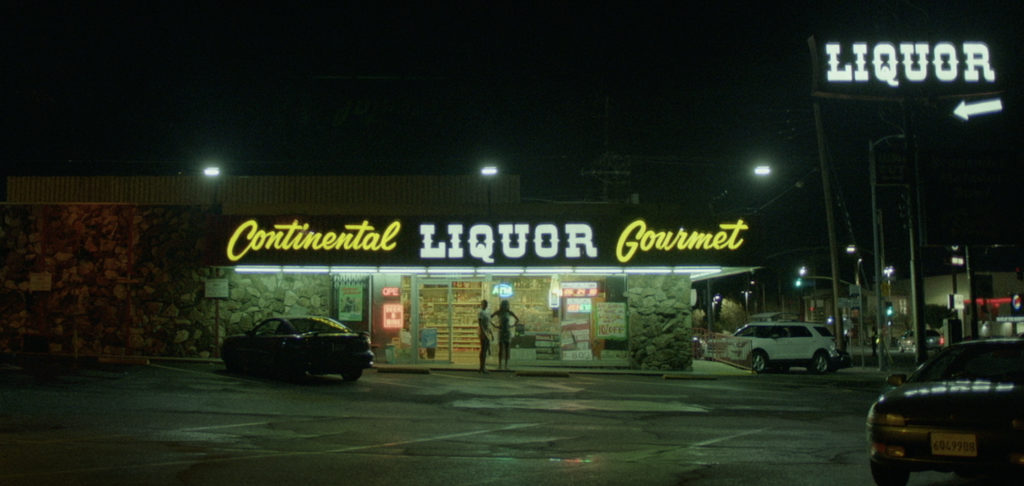
The DP came to the interview armed with ideas, and they were thrilled with how receptive the production team were. “We really reshaped the look,” they say. “I changed 100%: the lenses, the lighting package, all the crew. It’s not that what they were doing before wasn’t good, they just felt the way they were being shot in terms of skin tone representation wasn’t it – the vibe wasn’t quite right.
“They’d come from a web series, so HBO had really held their hand that first season and they didn’t have their footing yet. By the end of the first season, they knew who they were, and I got to step into this world where they wanted to take ownership over it, and I got to participate.”
Shifting the style
One of Berkofsky’s key artistic decisions was to distance the show’s visual language from that of a traditional comedy to make it more about the time, place and culture that define the series. After all, South Los Angeles – Rae’s favourite stomping ground – is as much of a character in the show as Rae herself, and Berkofsky thought it was crucial to shoot on location rather than away in a studio.
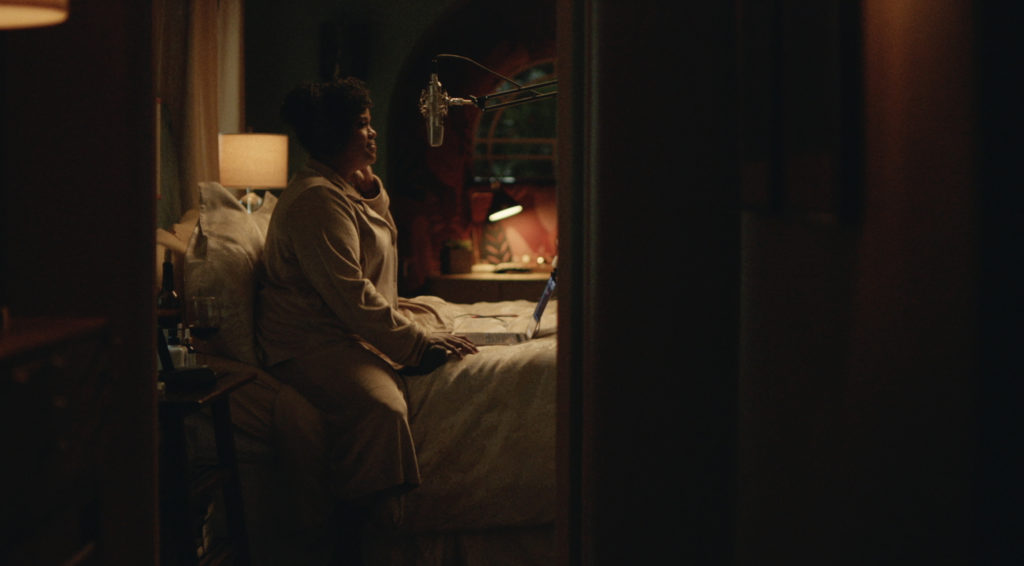
“On my first season, they were getting filming permits from Inglewood, in South LA,” they remember, “and it’s got a reputation for being a rough area because of how it’s been portrayed in film and television. The film office said, no-one has ever asked to shoot in Inglewood before without a gun permit [to put firearms on screen]. Part of the mandate of the show for Issa, Melina, and Prentice [Penny, showrunner] was to humanise the Black experience in South LA, and to show the beauty – because there’s so much beauty.”
Another way Berkofsky placed their own stamp on the series was by changing the camera package. Season one had been shot on the ARRI Alexa Classic with Angénieux Zooms, but the DP opted for the Alexa Mini for season two onwards, citing its benefits for location work. They also went for primes over zooms, going for “beautiful” Cooke S5s. “You don’t go as fast, but that enables us to be more deliberate. It changed the look of the show, and it changed the workflow thematically,” they added.
Berkofsky also started rating the camera 1600 or 1280. “I would bounce between the two – so with the two added stops of light – then rerate the camera,” they say. “We did a bunch of tests and found that 1600 or 1280 was great for our grade. We still had HMIs and big lamps, of course, but I started doing detailed work with LEDs and changing the technology in that way.”
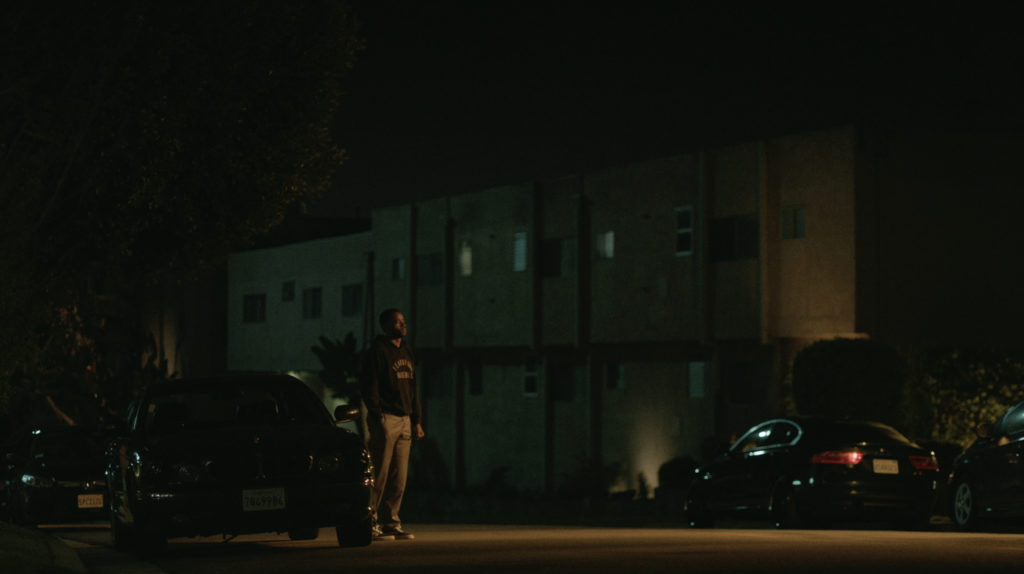
It’s in lighting where Berkofsky really shines; their approach to lighting dark skin tones has won them plaudits across the industry. For logistical reasons, they have worked with a different gaffer for each season – most recently John Gorman in season five. They explain: “We took the idea of overexposing darker skin tones and in general went to underexposing and pushing the digital negative, allowing that to start the ball rolling on the new look that we were going for. But we had to do a lot of testing along the way.”
But what is it that makes this skill so in-demand? “I think one of the issues in the world – and hopefully it’s changing – is that I went to one of the best film schools around for cinematography, and I can’t recall a single time we had a person of colour at the sit-in,” they note. “I have to give them credit, though, as it’s really changed [at the AFI]. I’ve had conversations with Stephen Lighthill ASC, the department head, and they have really made a 180-degree turn. But as I was coming up, the dialogue around it was really tough, and I just think that attitude is self-perpetuating and unnecessary.
“So, I haven’t had any formal training, but one uses one’s eyes, and one celebrates what’s in front of the lens and tells a story. It all starts with the story and that’s our job. With the technology that we have, there’s traditionally been a bias in it because the of the way that exposure has been developed – the concept and tools for exposure. I don’t think anyone is overtly racist in the development of this technology, but it needs to be acknowledged and altered because it should never have been that way. I think that people are just able to talk about it now.”
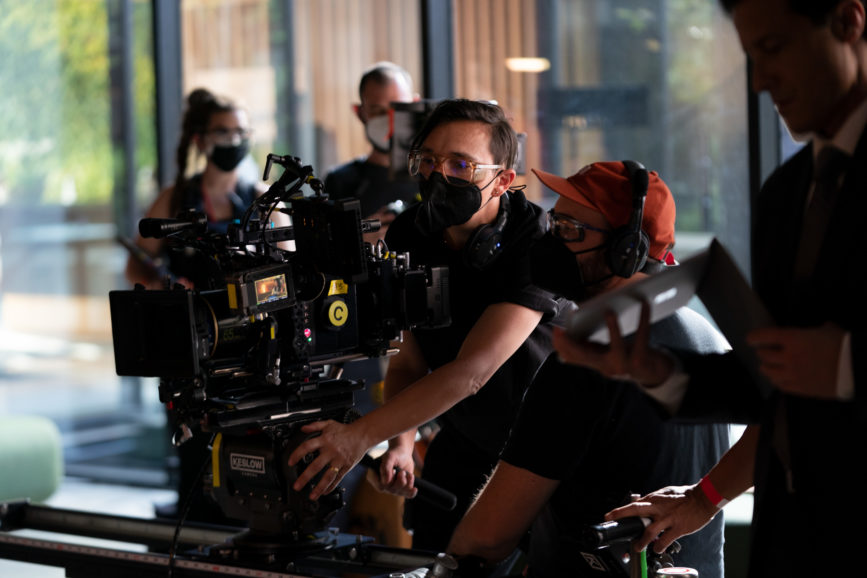
Creative with colour
When it came to building Insecure’s colour palette, Berkofsky and the production design team took the lead from Melina Matsoukas, with the DP making the most of their own intuitive appreciation of colour. “Melina’s work celebrates pastel tones, and really pushing the joy of colour – teal, pink,” they say. “I always think about it as celebrating it and its built-in realism because the world has a colour palette that’s so fun to extend and to build into reality.”
The grade was done by Berkofsky’s close collaborator, Dave Hussey, at Company 3 LA. They developed the LUTs back in season two and their collaboration took off. With Berkofsky’s busy schedule it wasn’t always possible for them to be present for the grade, but the pair make it work. “I’ve just given notes and Dave really understands what we’ve been going for and kept it consistent this whole time,” they add.

Seasons four and five of Insecure gave Berkofsky the opportunity to move into the director’s chair. For season four’s ‘Lowkey Happy’, they worked with Kira Kelly ASC, and both ended up being nominated for the Emmys in cinematography that year. “It was hard to pass over the reins, but she did a great job. She did things differently to how I would have done, here and there, and I was very interested in that. It was a great experience.”
With four seasons of work to look back on, there is plenty of food for thought for Berkofsky when asked what they were most proud of on the show, but one episode sticks out in their mind – episode 10 of season four. “The showrunner directed it and we were able to play. We did some handheld, but it was a certain type of handheld, and the rigid framing is always part of our language. I feel like I got to push both of those things.”


